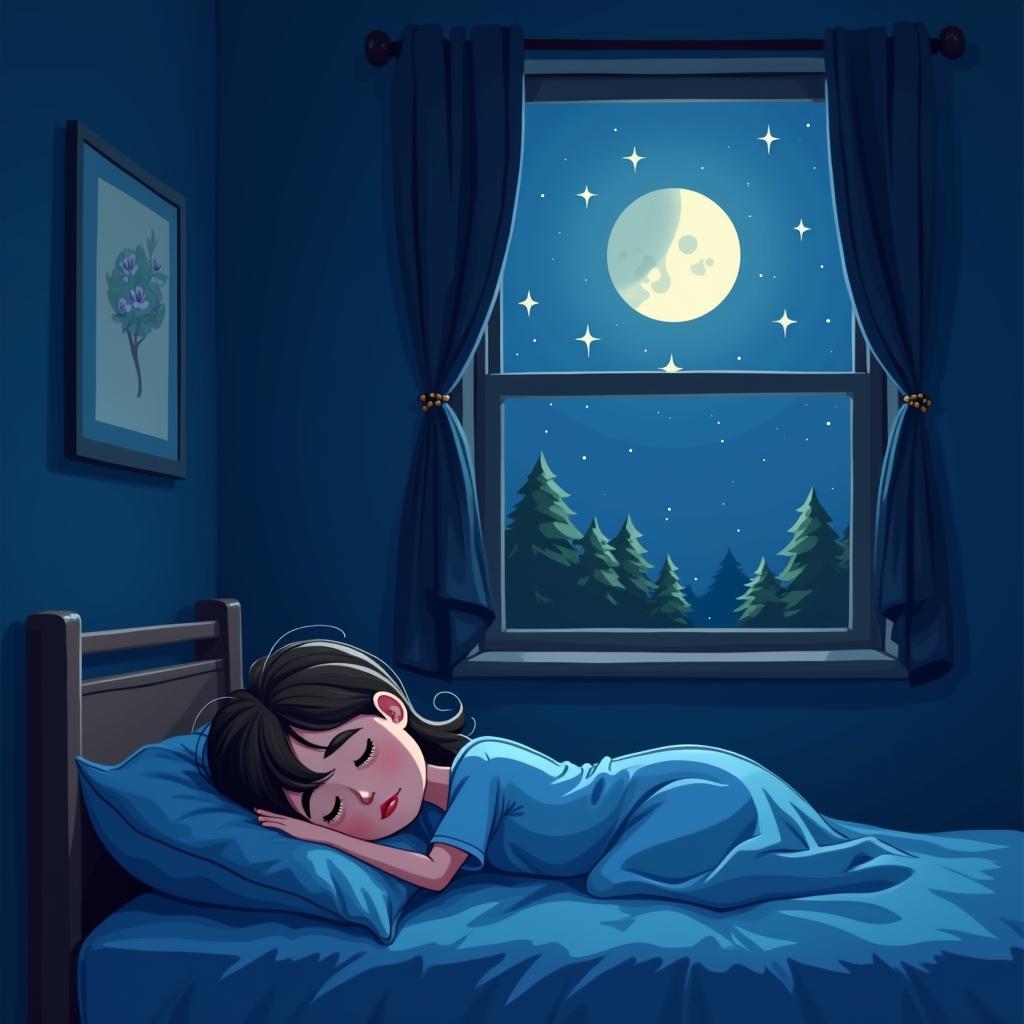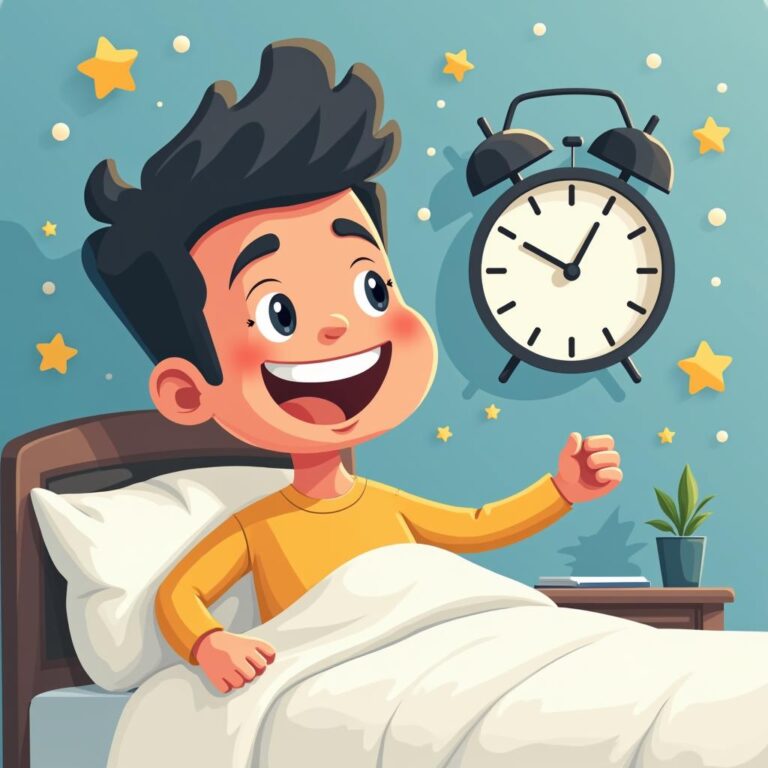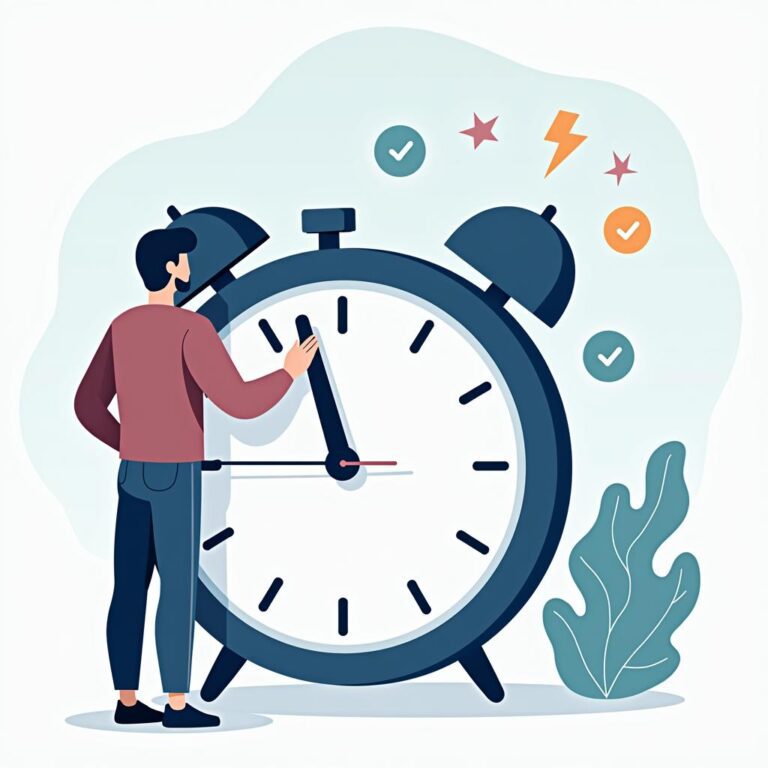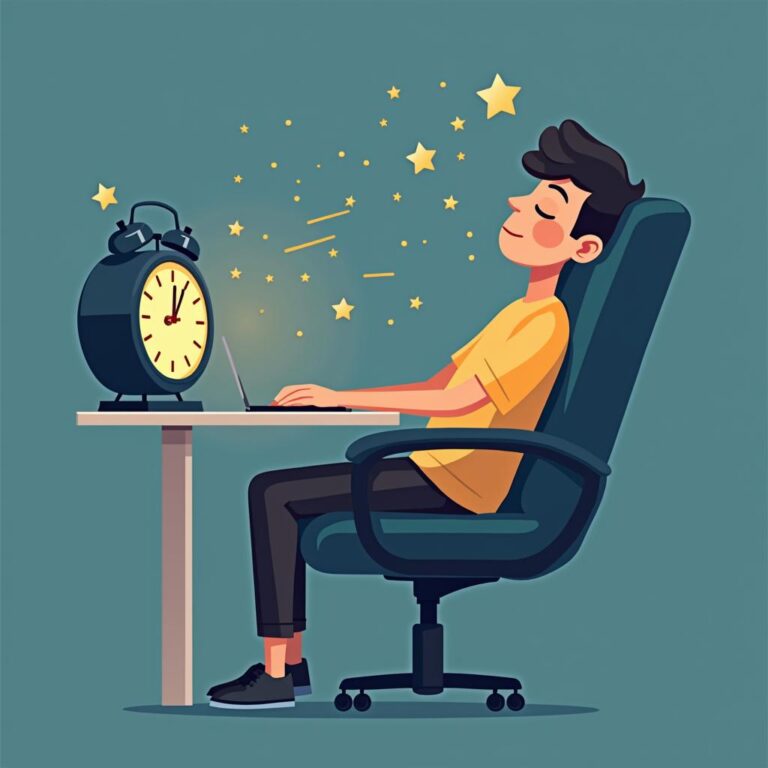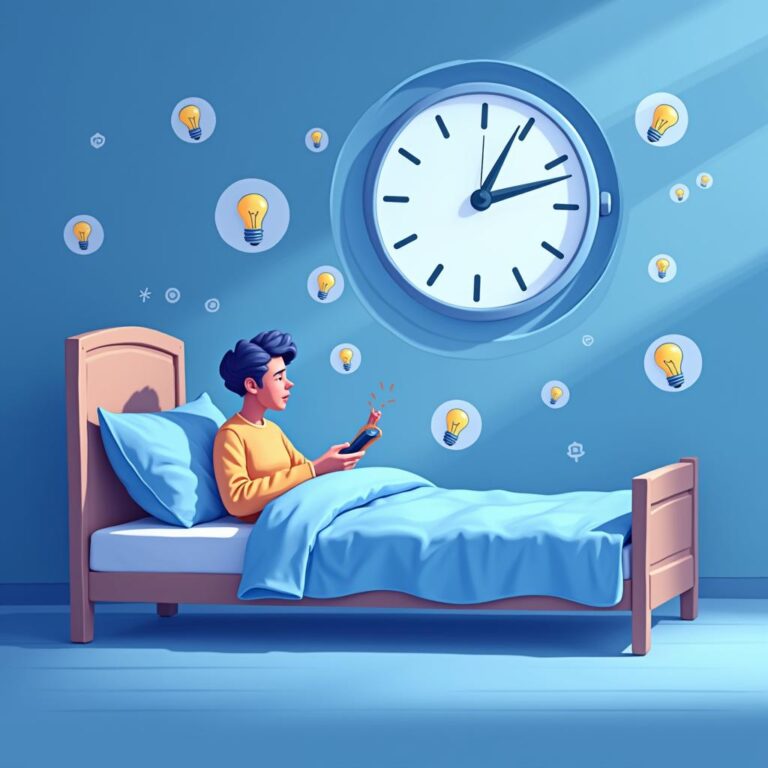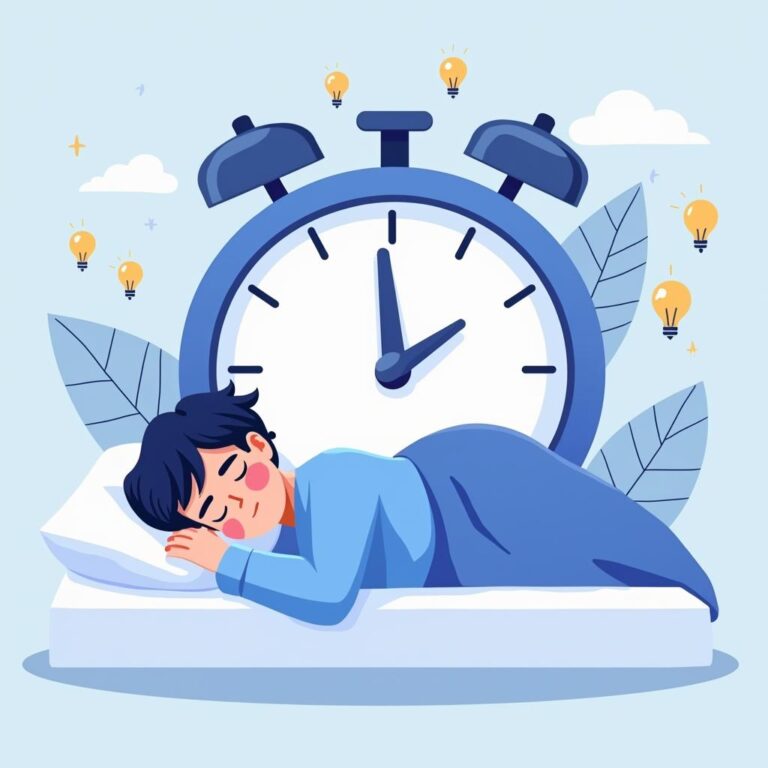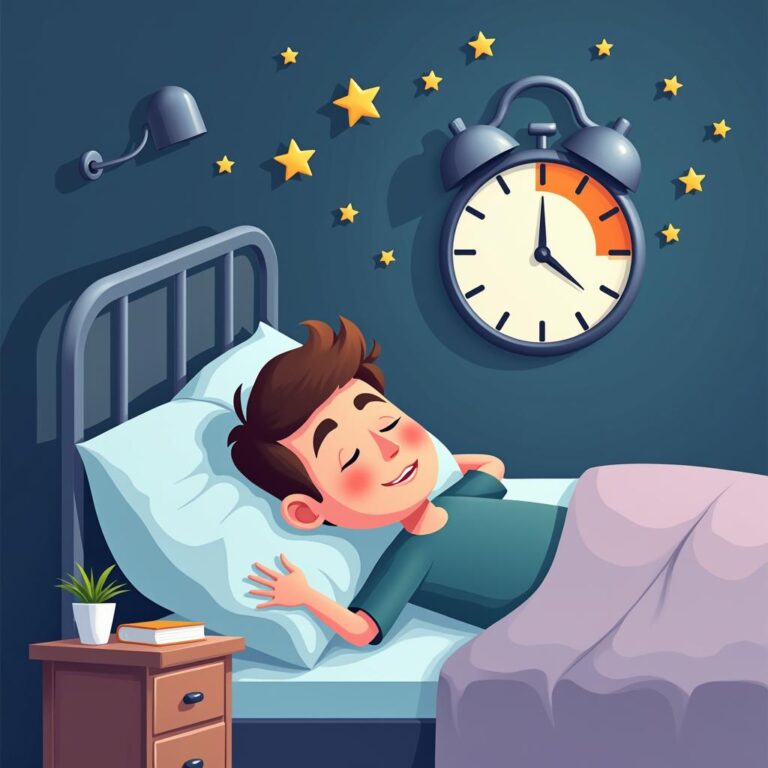Are you a night owl who finds it challenging to stay alert during the day? If so, you’re not alone. Many people naturally feel more energetic in the evening than in the morning. It can be a struggle, especially when you need to stay productive during typical daytime hours. One strategy that can help you maintain your energy levels is incorporating naps into your routine. Here’s a deep dive into the best nap times for night owls to help you stay alert and focused throughout the day.
Understanding Sleep Cycles
Before delving into optimal nap times, it’s essential to understand sleep cycles. A typical sleep cycle lasts about 90 minutes and consists of several stages, including light sleep, deep sleep, and REM sleep. Each stage plays a vital role in your overall rest and recovery. For night owls, it’s crucial to consider how naps can fit into these cycles without leading to grogginess or disrupting nighttime sleep.
Benefits of Napping
Napping is not just for children; adults can greatly benefit from short periods of rest as well. Here are some advantages:
- Improved Alertness: A short nap can significantly enhance your alertness and cognitive function, allowing for better performance in tasks.
- Enhanced Mood: Napping can help reduce stress and improve your overall mood, making your day more enjoyable.
- Increased Learning and Memory: A quick nap has been linked to improved memory retention and learning capacity.
Best Nap Times for Night Owls
As a night owl, you will likely find that specific nap times can be more beneficial than others. Here are some of the prime times to consider for napping during the day:
Early Afternoon Nap (1 PM – 3 PM)
The early afternoon is a natural slump period for many people, regardless of their sleep preferences. Taking a nap during this time can help combat the post-lunch dip in energy levels. A quick nap of about 20-30 minutes can boost your alertness and productivity, helping you power through the rest of the day.
Late Afternoon Nap (3 PM – 5 PM)
If you find the early afternoon doesn’t quite align with your energy slumps, consider a late afternoon nap. However, be cautious not to nap too late, as it could interfere with your nighttime sleep schedule. A brief nap (20-30 minutes) will still provide the refreshment you need while minimizing the impact on your nightly rest.
Mid-Morning Nap (10 AM – 11 AM)
For some night owls, a mid-morning nap can provide the perfect boost after a late-night routine. If you feel sluggish after waking up, a 20-30 minute nap during this time can help clear the fog from your mind and improve productivity for the rest of the morning.
Tips for Effective Napping
To maximize the benefits of napping, consider the following tips:
- Keep It Short: Aim for naps of about 20-30 minutes. Longer naps may lead to sleep inertia, making you feel groggy instead of refreshed.
- Choose a Comfortable Environment: Find a quiet, dark place to nap to help you fall asleep more quickly and gain the most from your rest.
- Use an Alarm: Setting an alarm can help ensure you don’t oversleep and disrupt your nighttime rest.
Potential Drawbacks of Napping
While napping has numerous benefits, there are potential drawbacks for night owls to consider:
- Disruption of Nighttime Sleep: If napping too late in the day, it may affect your ability to fall asleep at night.
- Sleep Inertia: Waking up from a deep sleep can leave you feeling groggy and disoriented, which hinders your ability to function effectively.
- Dependence on Naps: Relying too heavily on naps can lead to poor sleep patterns and decreased overall sleep quality at night.
Creating a Personalized Napping Schedule
To find the best nap times for you, experiment with different schedules and durations. Keep a sleep diary that tracks how you feel after each nap. Note your energy levels, mood, and productivity throughout the day. Adapt your napping schedule based on your observations to ensure it aligns with your natural rhythms.
The Role of Lifestyle Factors
Beyond napping, several lifestyle factors can help sustain energy levels for night owls:
- Exercise Regularly: Engaging in physical activity can help alleviate fatigue and improve sleep quality.
- Maintain a Balanced Diet: Eating nutritious foods can provide the energy necessary for staying alert throughout the day.
- Hydration: Staying well-hydrated is crucial for maintaining optimal cognitive function and energy levels.
Listening to Your Body
Ultimately, the success of napping depends on individual preferences and responses. Listening to your body is paramount. If napping helps you feel more alert and functional, then it’s a strategy worth incorporating. Pay attention to how various nap times affect your energy levels, and adjust your routine accordingly.
By understanding your unique needs as a night owl and strategically scheduling naps, you can enhance your alertness and productivity during the day. Implementing the right nap times can help you become more efficient, allowing for a more enjoyable and fulfilling daytime experience.

